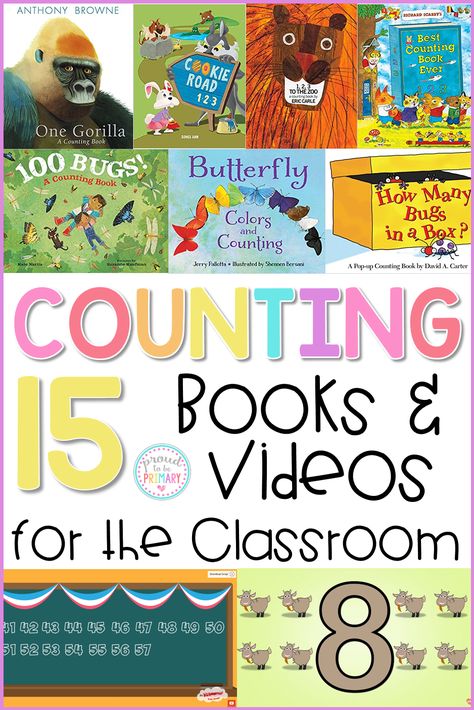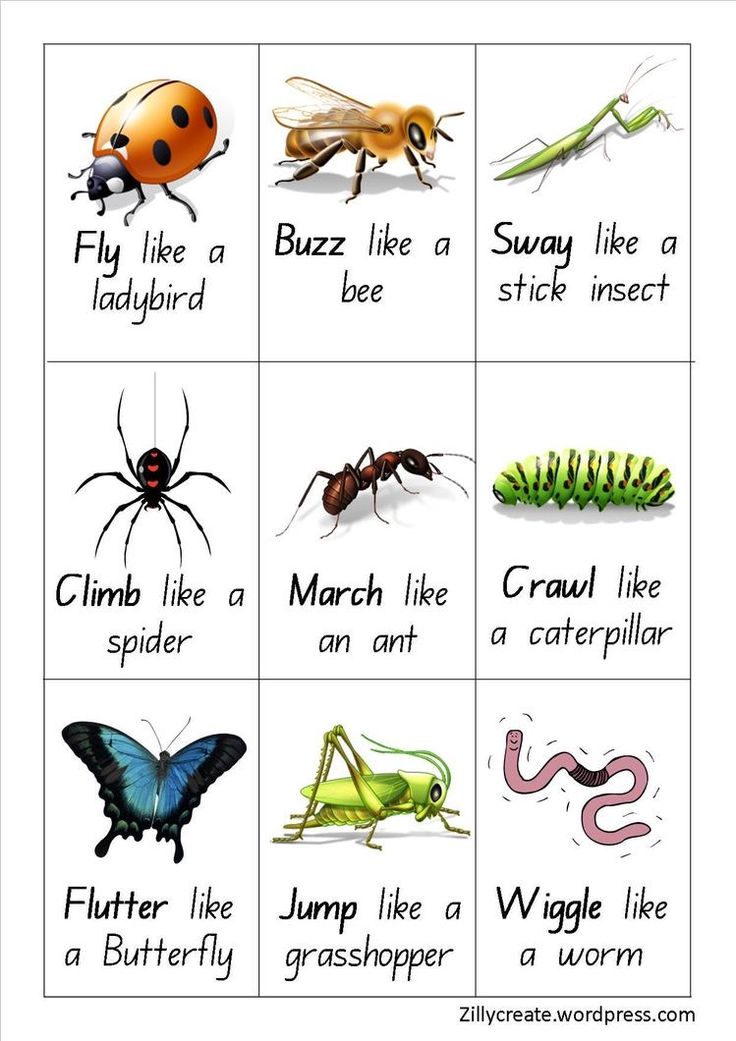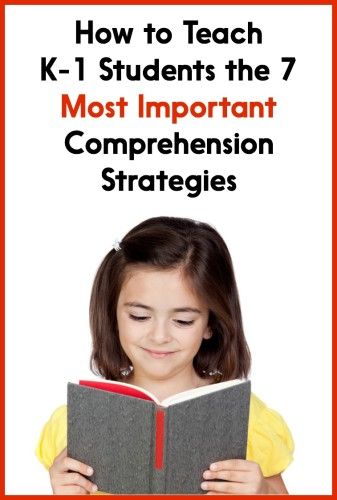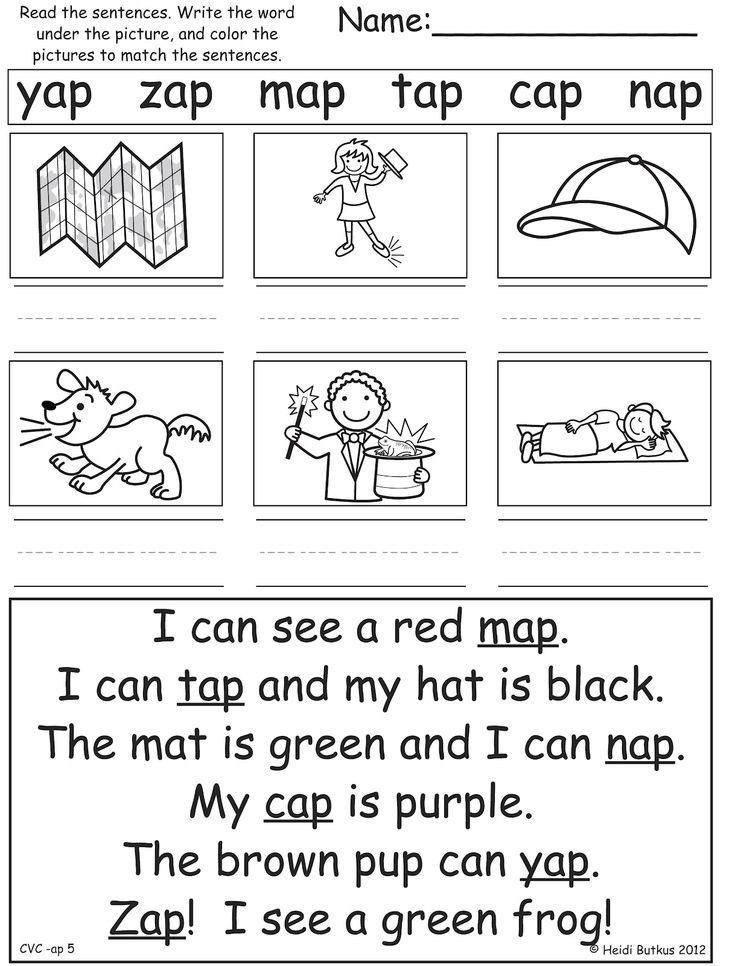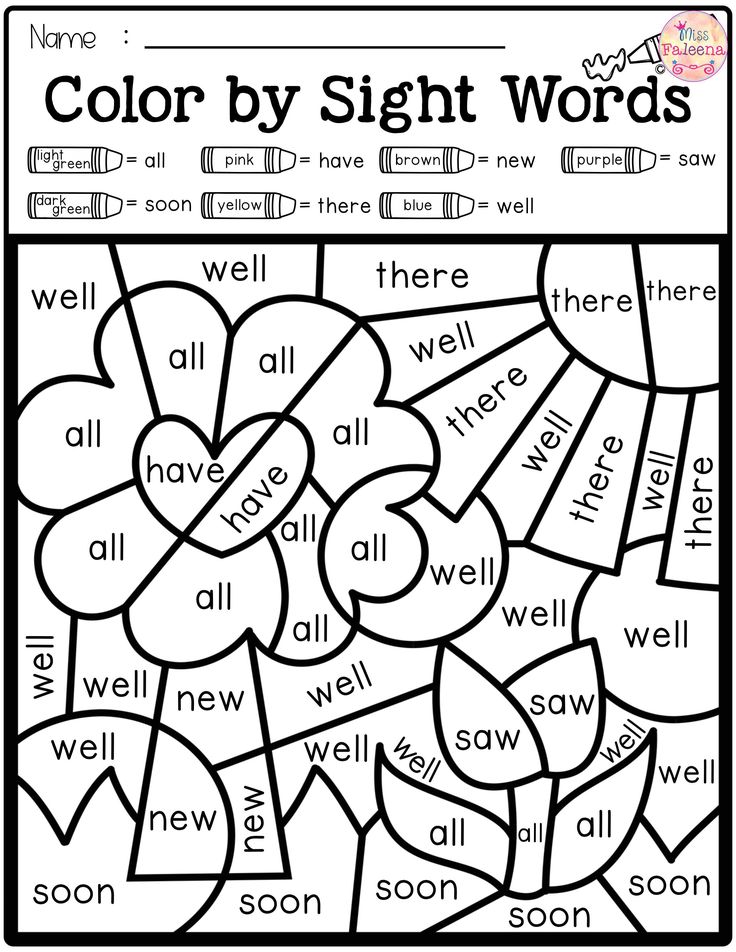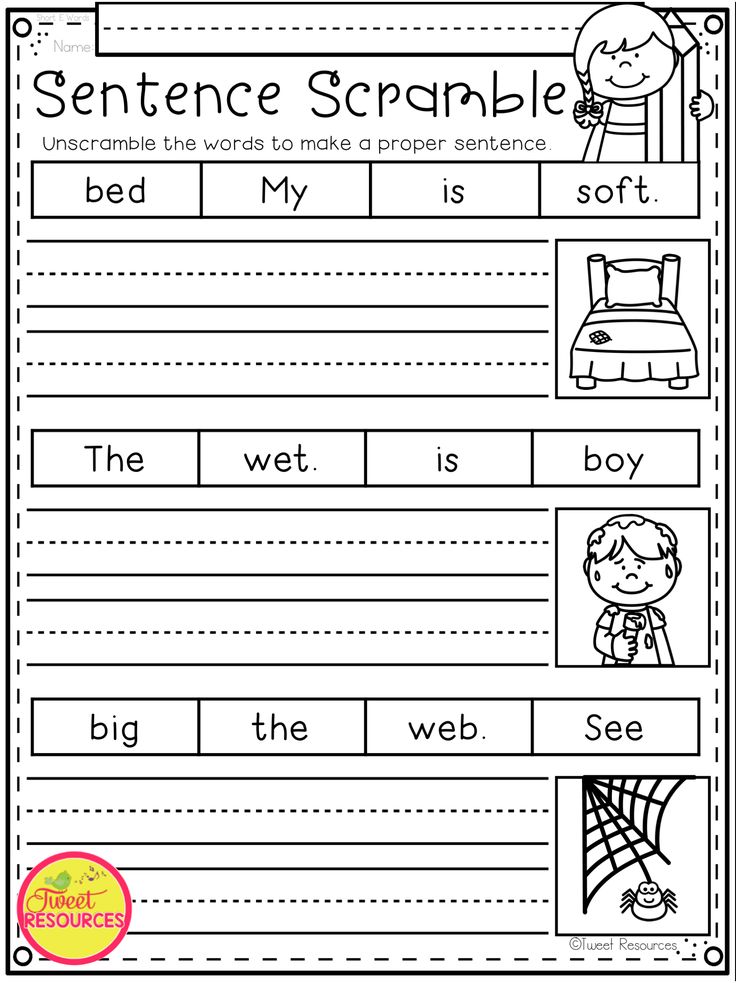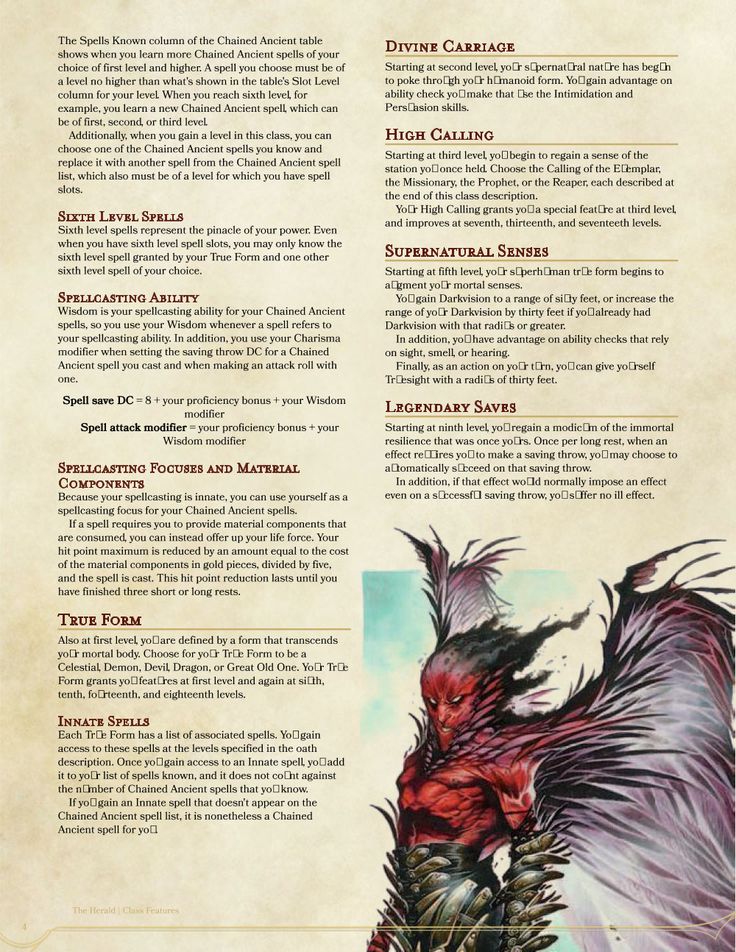Teach kids math
7 Strategies for Teaching Children Mathematics
Math can be a difficult subject area for many kids to grasp. While some children may understand math concepts more intuitively, it may not be easy for others. This is where your role as a parent comes in. There are several ways parents can help their little ones practice and improve their math skills in order to succeed in this subject area. Read on for some helpful strategies to help you teach your kids about mathematics.
1. Start with countingLearning math begins with counting. Believe it or not, you can start teaching your little one how to count and other simple math concepts from a very early age. For example, if you have three apples, put them on the table and invite your child to count them with you. This type of activity helps young children begin to grasp the concept of numbers in their simplest form.
2. Use picturesPictures are helpful tools when teaching children math concepts. Incorporating visual aides and pictures can make concepts easier to understand for kids who are just beginning to learn how to count. In addition to helping children learn what each number looks like, pictures can also be used to teach kids about addition and subtraction. If your little one is having trouble grasping these types of basic math concepts, pictures can make all the difference.
Flashcards are also effective teaching tools when teaching kids mathematics. They provide a hands-on learning experience, and can be made easily at home with everyday items you might have on hand. For example, if your child is struggling to remember what number five looks like, there’s no need to go out and purchase expensive flashcards from the store. Instead, grab some index cards and write numbers one through five on each card with a marker. Then use a dry erase marker or crayon to draw the corresponding amount of objects on each of the dots representing that particular number. In this case, draw four stars on four dots and five stars on the fifth dot. Do this for each of the numbers one through five.
In this case, draw four stars on four dots and five stars on the fifth dot. Do this for each of the numbers one through five.
Learning about math doesn’t have to be a dull, boring experience for kids. There are plenty of ways to incorporate math concepts into your daily life in ways that make learning more exciting and engaging.
For example, if your little one is learning about fractions, you can cut up an apple into two equal sized pieces so your child can see what “half” looks like. Kids are often able to grasp the concept more easily when teaching is woven into their everyday lives rather than from a textbook or in a traditional classroom setting.
5. Use hands-on teaching toolsThere’s a variety of ways you can teach your child about various math concepts by incorporating hands-on teaching tools, many of which you can find around your home or at school. While these teaching aids are primarily intended to teach children how to count, they can also be used to help them learn other basic math concepts as well. Give some thought to how your child might learn best before introducing any of these teaching tools. Otherwise, they can prove to be more a distraction than an asset for both of you.
Give some thought to how your child might learn best before introducing any of these teaching tools. Otherwise, they can prove to be more a distraction than an asset for both of you.
Math games are a simple and fun way to help kids learn how to solve math problems while they’re having fun. Games like Yahtzee, Baffle, and Dominoes all use the process of addition. To make learning more accessible for your little one, you can teach them how to play a variety of math games at home with everyday items you have on hand.
7. Use everyday objectsTeaching kids about mathematics is even easier when you use everyday items. For example, you can always use a ruler to teach kids about measurements, and an egg carton is a great tool to demonstrate the concept of multiplication with small groups of objects.
These are just a few of the easy ways you can use to help reinforce basic math concepts with children. Follow these tips to start teaching your little one about math quickly and effectively. Math concepts are an integral component of your child’s academic journey, as they are needed in order to succeed in school and beyond. Follow these tips to make learning math more fun and engaging for your child.
Math concepts are an integral component of your child’s academic journey, as they are needed in order to succeed in school and beyond. Follow these tips to make learning math more fun and engaging for your child.
At The Pillars Christian Learning Center, we strive to empower children by identifying, acknowledging, and appreciating the diverse needs and talents of each child, and helping them know and understand they are accepted and valued for their uniqueness. Visit our website to learn more!
The Ultimate Guide with Tips, Resources, and More
As parents and educators, we all want our kids to succeed in school and in life. Teaching kids math can help set them up for success now and for the rest of their lives.
My eLearning World: Training Techno...
Please enable JavaScript
My eLearning World: Training Technology Without Borders
But let’s be honest — teaching kids math isn’t easy. It can be hard to know where to start, what resources to use, and how to keep your child engaged.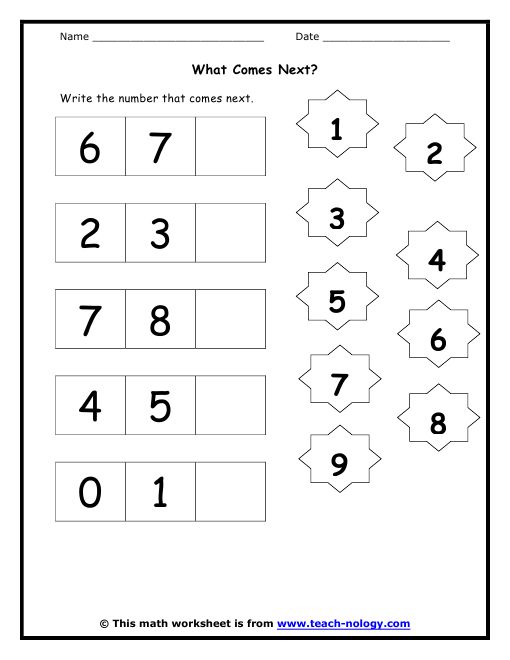
Don’t worry, we’re here to help. This ultimate guide will give you everything you need to teach your kids math, from tips and tricks to the best resources and games (including math apps like HOMER). By the end of this guide, you’ll be a math teaching pro!
Why Is It Important To Learn Math?
Math is one of the most important subjects for kids to learn. Not only does it help them excel in other subjects, but it also prepares them for future careers. In fact, many jobs these days require strong math skills.
Math is also a vital life skill. Being able to do basic math calculations, like addition, subtraction, multiplication, and division, can help kids manage their money and solve everyday problems.
How to Teach Kids Math: 19 Tips for Parents & Educators
1. Use math apps to make learning fun
Best Overall
HOMER - The Essential Early Learning Program and App for Kids 2-8
HOMER is a personalized learning app designed to help kids fall in love with learning.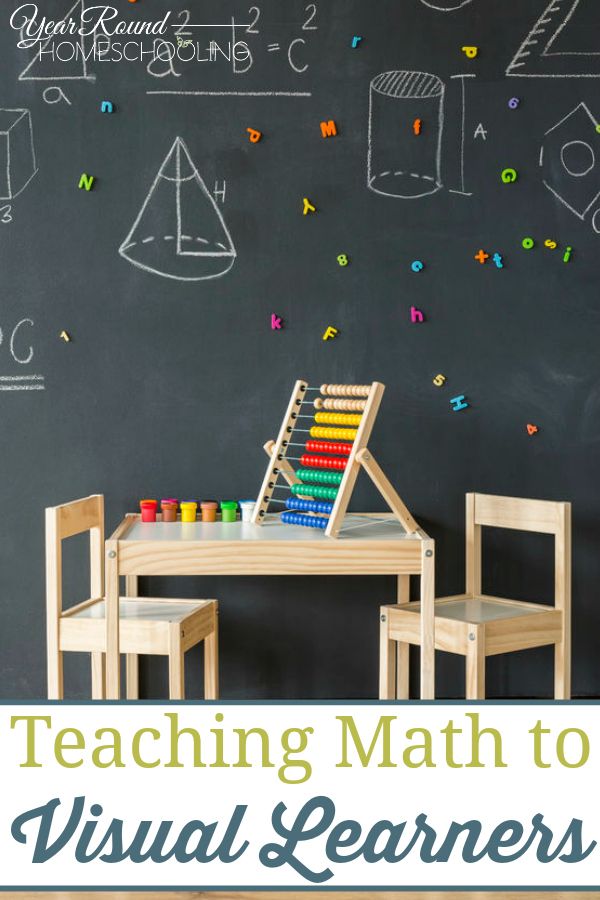 There are over 1,000 learning activities across all subjects, and the content is tailored to your child's age and interests.
There are over 1,000 learning activities across all subjects, and the content is tailored to your child's age and interests.
Try It Free
We earn a commission if you make a purchase, at no additional cost to you.
Let’s face it — most kids love playing on tablets and phones. As parents, we’re not always happy with the idea of our kids having screen time, but there are ways you can make that screen time very productive.
The best math apps can make it fun for your kids to master basic math skills while playing fun, engaging games.
HOMER is a great app based on early years educational techniques to help kids understand mathematical concepts in a fun way. With the help of HOMER, parents can structure the math teaching of their children in fun and engaging ways.
HOMER primarily teaches kids everything from reading to foundational math concepts. Songs ( i.e audio) & visuals are effective ways to learn and reinforce conceptual learning. Skills like sequencing, counting, and motor skills are effectively promoted in multi-sensual activities as well.
For parents who want to teach their kids mathematics. Get yourself access to the HOMER app which has a verbal instructor and visual prompts to guide you through the path of teaching your kid mathematics in a fun and engaging way.
HOMER pricing is very affordable at $9.99 a month or lower if you pay for a year in advance.
Click here to try Homer free for 30 days.
2. Avoid discouraging your kid. Stay positive!
This is one of the most important tips that can be given to teachers and parents. If you discourage your child and doubt his capability to be competent in something, either through words or action, your child will have the same perception about himself, and this perception will greatly hinder his capability to learn mathematics and face challenges with head-on confidence in life.
It is one of the integral steps to solve your kid’s math learning difficulty concern, that is, affirming him and giving him confidence and faith that he can learn. This will relieve his anxiety about mathematics learning.
This will relieve his anxiety about mathematics learning.
3. Look for opportunities to problem-solve in everyday life
Math is all around us, and it’s a skill we use all throughout the day without realizing it. This gives you tons of opportunities for teaching kids math in a practical, engaging way.
For example, go grocery shopping with children. Ask your children to come up with the list of groceries needed for a trip and to help you calculate the cost as you pick items out at the store.
Or if your kids are younger and are just learning their numbers, you can have them read the numbers on speed limit signs while you’re driving from place to place.
Here’s a good list of ways to show your kids math in their daily lives.
The possibilities are truly endless.
4. Use open-ended questions
Allow for opening up such questions that allow solving problems in more than one way.
Create an if-then scenario and ask; for example, how much they would have saved if they would have spent a share of what they receive per day, in a year.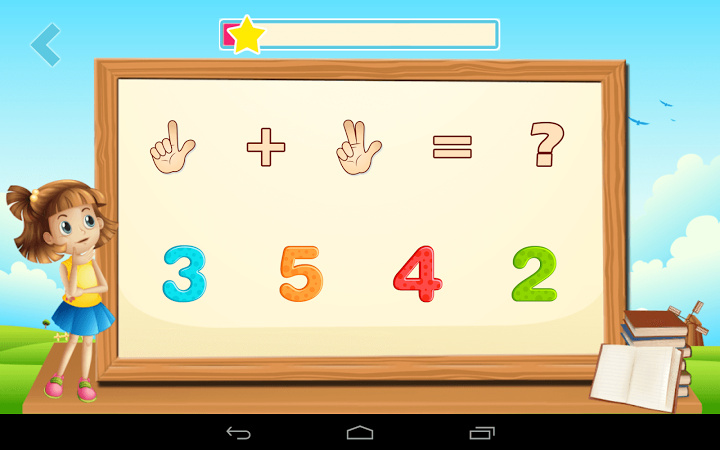
Such activities will engage math in real day activities for kids and slowly math logic and abstract will penetrate their subconsciousness with continuous practice.
5. Talk about Math
Inculcate math talk in your normal discussion around the house and outside of it. Talk math in a way such as counting objects around the house, help him identify shapes of objects such as counting clouds, fruits, guessing measurement, heights, and so on.
Ask questions like:
- How many these would be if I add x number of more?
- What would be half or one-third of it?
- How would you predict this pattern and recurrence?
- What is the chance of happening of x?
- How can you make that more abstract?
- How would you split this one into an equal portion?
6. Frame this moment to explore whatever math question interests them
Assessment and standardized syllabus & exercise are important aspects of learning, but the system does not and cannot cater to deep-seated curiosity residing within children, hence instructors and parents might feel they seem to take more time on application and grasping of concept and may come up with the new question as they begin to develop an interest in mathematics and abstraction.
To cater to your kids’ full math potential direct them to additional teachers or online math educators on social media so they may explore on their own.
Moreover, connect mathematics to objects your kid loves. Be it cars or animals, surround math-related concepts with that object to make abstraction more real and understandable for your kid.
7. Let your child teach you math
Having your kids try to teach you math concepts can make learning fun and it can help them better understand the concepts.
When you have to explain something to someone, then only you get to know how much you know versus how much you think you know. It helps in filling in the loopholes of understanding, clears confusion, and opens, new perspectives in that thought.
When stuck in a problem, explain to your kid you are also having difficulty in grasping your mind around this, and explain what you cannot understand and what you can.
This will increase the engagement of your children and he will take it as a challenge & problem to be solved rather than a passive form of learning.
8. Try the new math
Try new math. This may sound intimidating at first, but it is not. New math introduces new ways, and perspectives of single concepts across equations and diagrams, applying multiple mathematics functions over one problem which traditionally is explained through the single function method. If you multiply 6 *3 & extends it to 60 × 30, 1/6 × 1/3, and 0.6 × 3,000,000. This way, they will be capable of grasping the concept of multiplication in many ways.
9. Try An Abacus
This is one of the coolest gadgets to give your kid, it has the coolest beads, wire. It gives freedom for your kid to explore making it quite an interesting object to teach math to kids in a fun way. It familiarizes kids with the basic operations of mathematics such as multiplication, addition, subtraction, and division.
10. Ask estimation questions
These sorts of questions are a great tool to help your kind in learning not just the basics of mathematics, but in helping him develop his problem-solving abstract capabilities through mathematical problems.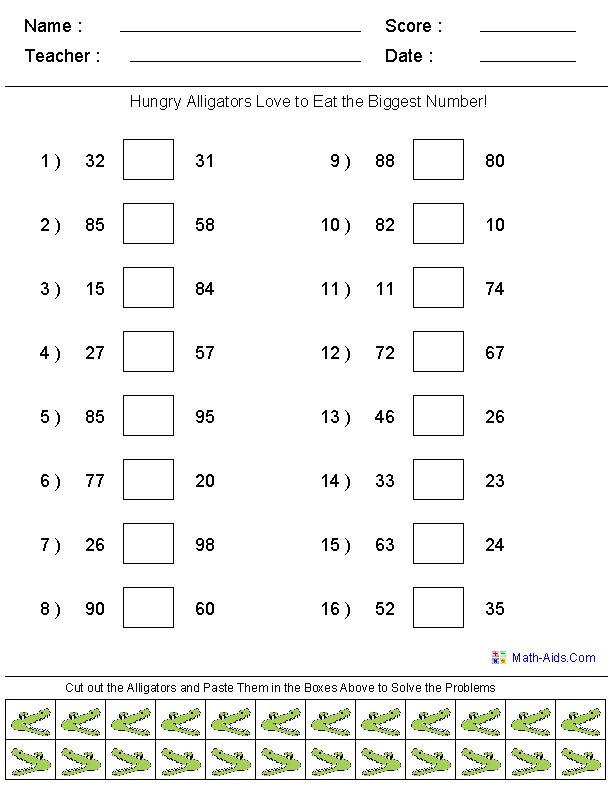 If I say this is the reason we teach kids mathematics, that won’t be wrong. This tip would be helpful to both younger and older kids.
If I say this is the reason we teach kids mathematics, that won’t be wrong. This tip would be helpful to both younger and older kids.
Estimation questions can be such as:
‘How much water do you think this pitcher could fill up?’ or ‘Let your child measure water after he takes a guess.
For older kids, time-bound math questions would be more challenging and fun for them.
Ask questions such as “How many minutes it would take for this bathtub to fill up”. After your kid finds out how much that took, you can ask him to take out the average per minute and ask him questions related to water fillup in the bigger and smaller tub and containers, so that he learns to estimate the volume size and time it takes to fill up the liquid volume in containers.
It is necessary to show your kids how much-connected math is to the physical world around them, to spark their interest to seek & manipulate and influence the world around them.
11. Incorporate Math In Games
Kids need to learn and recognize a number in written form, and for that purpose, games are, by far, one of the most engaging ways to teach your kid mathematics.
Games help kids in the identification of numbers, as they associate math with objects and fun games and activities.
Hopscotch is an interesting option for indoor activity. Games like Yahtzee, Monopoly will be more interesting options for older kids.
Try math apps, word problems, and math e-books.
They all are designed in a way to teach your kid mathematics in a non-traditional pen-and-paper approach, which kids find rather boring and less engaging.
12. Music In Math
Music is a unique tool to be used to teach your kid mathematics. It will improve recalling, memorization, kid’s interest, & understanding of math principles of your kid. For advanced learning through music, music components like a quarter, whole notes, and a half ( one, four, & two beats) can be an effective strategy in learning and practicing counting.
13. Count in a variety of ways
Count in a variety of ways such as counting forward and backward.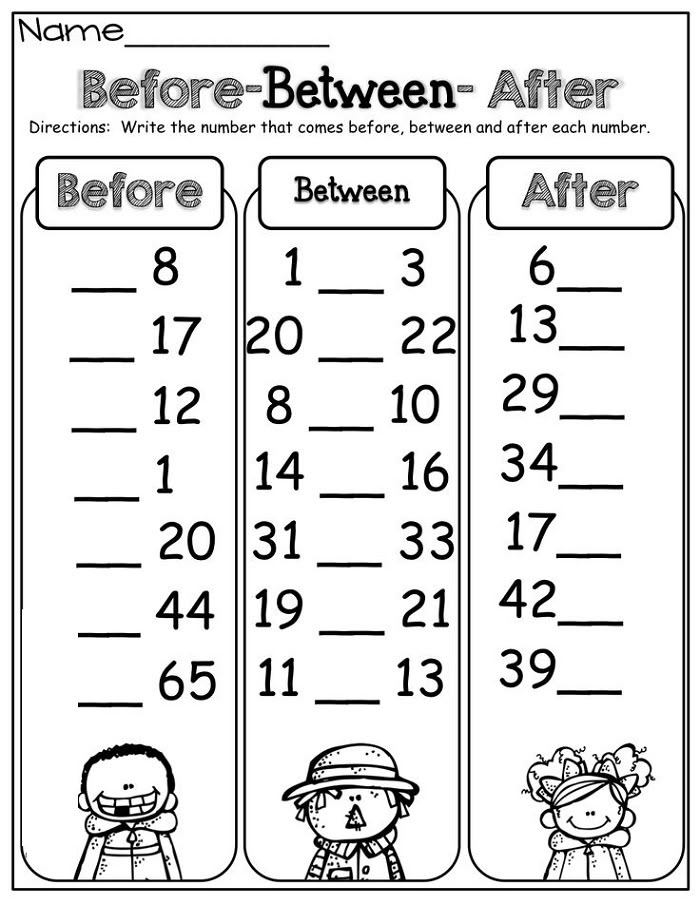 Play outdoor games such as “Blastoff” in which the child counts backward and blastoff at 0. Start counting from a different number other than 1 such as 5, 7, etc. Although these are simple activities, kids enjoy such activities a lot, and kinesthetic learning helps in better abstraction and memorization of concepts.
Play outdoor games such as “Blastoff” in which the child counts backward and blastoff at 0. Start counting from a different number other than 1 such as 5, 7, etc. Although these are simple activities, kids enjoy such activities a lot, and kinesthetic learning helps in better abstraction and memorization of concepts.
14. Daily routines
Daily routines involve a lot of mathematics, and this can provide you with qualitatively enhancing your time with your kid into a math learning opportunity. Ask your kid by pointing out numbers in the house, thermostat, clocks, receipts, cars, and cellphones. Let him identify numbers and ask to add up and count them.
15. Bake together
Let your child get familiar with measurement and quantities. Once your kid learns and understands measurement, give them tasks like doing halves, double, or quarters of recipes.
16. Use imaginative play
Set up a real-life situation for a coffee shop, or restaurant.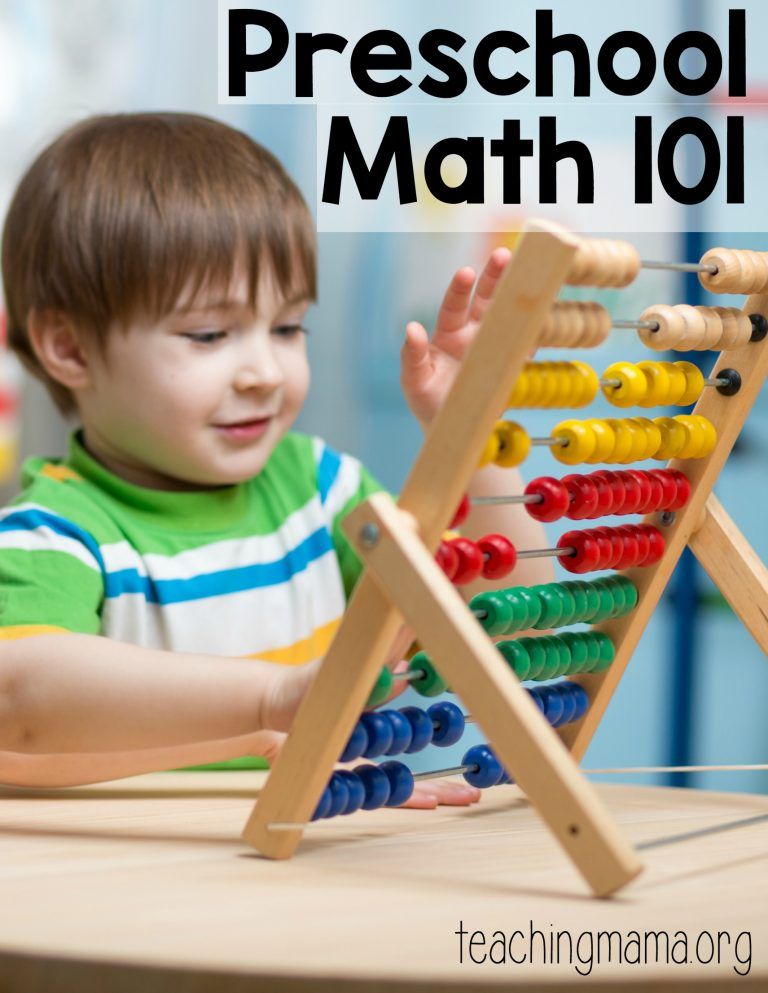 Use play money or real money and let them play different roles such as customer or shopkeeper etc.
Use play money or real money and let them play different roles such as customer or shopkeeper etc.
17. Play with perimeter and area
Measure and demonstrate perimeter and area when setting up a garden for instance. Illustration math using the real world is fun and engaging. You can use either standardized tools of measurement such as tape or non-standard tools such as measuring footsteps.
18. Set a math reading time
Allot a time every week to do math story reading in place of fictional stories, at least once a week. Mathematical thinking stories improve mental math and abstract processing and engage your child in stories way more than in usual stories. Ask different questions related to counting, comparing, calculating totals and differences.
19. Create a family math night
Play board games and other such games on weekends that involve number cubes, cards, puzzles, tangrams, pentominoes, Googleplex, etc.
Major Reasons Your Child Might Be Struggling With Math
Math is a difficult subject for most kids, as it is cumulative and concepts are highly connected and build upon a few basics.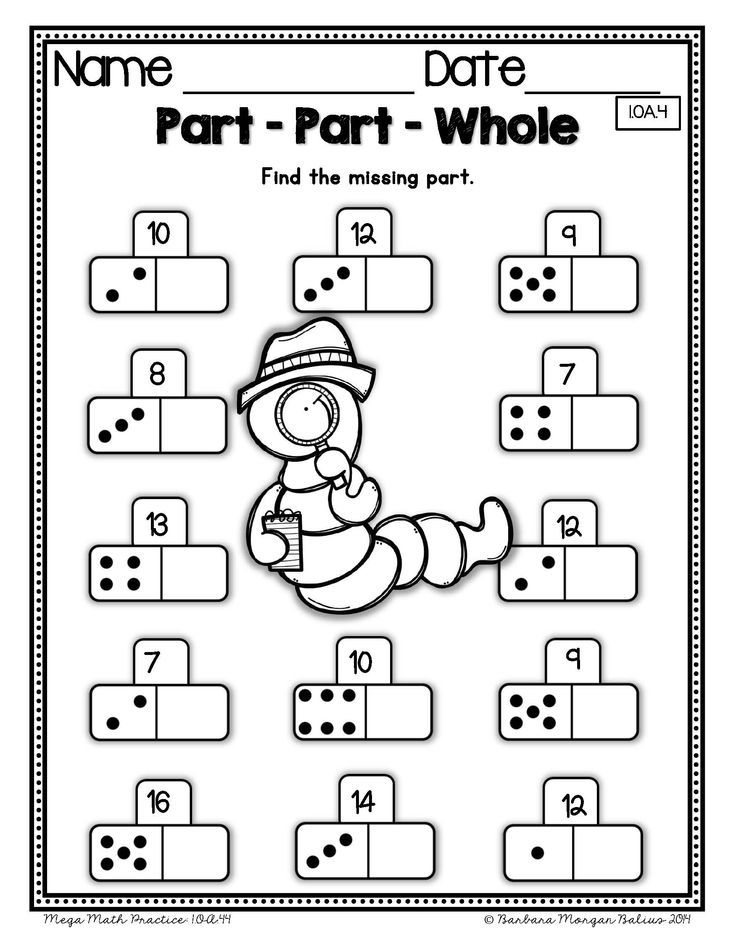
It is alright for your kid to feel overwhelmed by math — it happens to most kids at some point.
It is vital for you as a parent to identify your kid’s struggles and find solutions for them.
Math is a cumulative subject hence making sure which is why it’s so important to make sure your kid has a good foundation to build on. Your child may be struggling with a bunch of basic concepts despite making an effort to understand them. Try finding different ways to explain and make him understand or find such resources for him.
Some emotional responses you can look for in your child to figure out where your kid may be struggling:
- Frustration: A child may feel frustrated when they are struggling to understand a concept. This is perfectly natural, and it is important to help them through this frustration.
- Anxiety: A child may feel anxious when they don’t understand something in math and start to worry about their performance in the class.
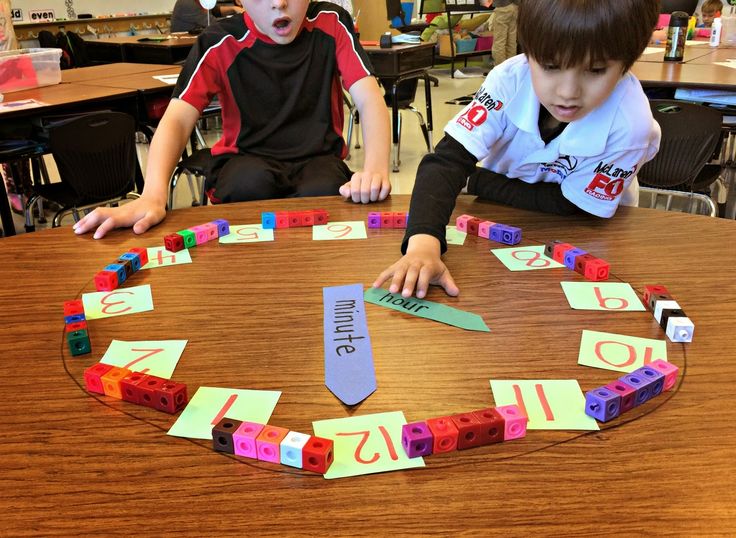 This can be very harmful, and it is important to address the anxiety and help the child.
This can be very harmful, and it is important to address the anxiety and help the child. - Helplessness: A child may feel helpless when they can’t seem to get math concepts. This is a sign that they need more help, and it is important to provide it for them.
- Despair: A child may feel despair if they feel like they will never understand math. This is a very harmful emotion, and it is important to address it immediately.
- Boredom: A child may feel bored when they are not being challenged in math. This is a sign that they are not being challenged, and it is important to find ways to challenge them.
Parent Strategies For Improving Their Kid’s Math
Below we have listed some strategies that help teach math to kids. These strategies are intended to increase your kid’s proficiency and grasp over the basic mathematical domain, upon which higher mathematical concepts are based.
Computation
- Give connect the dots exercises
- Ask your kid to collect pictures of his favorite animals and objects.
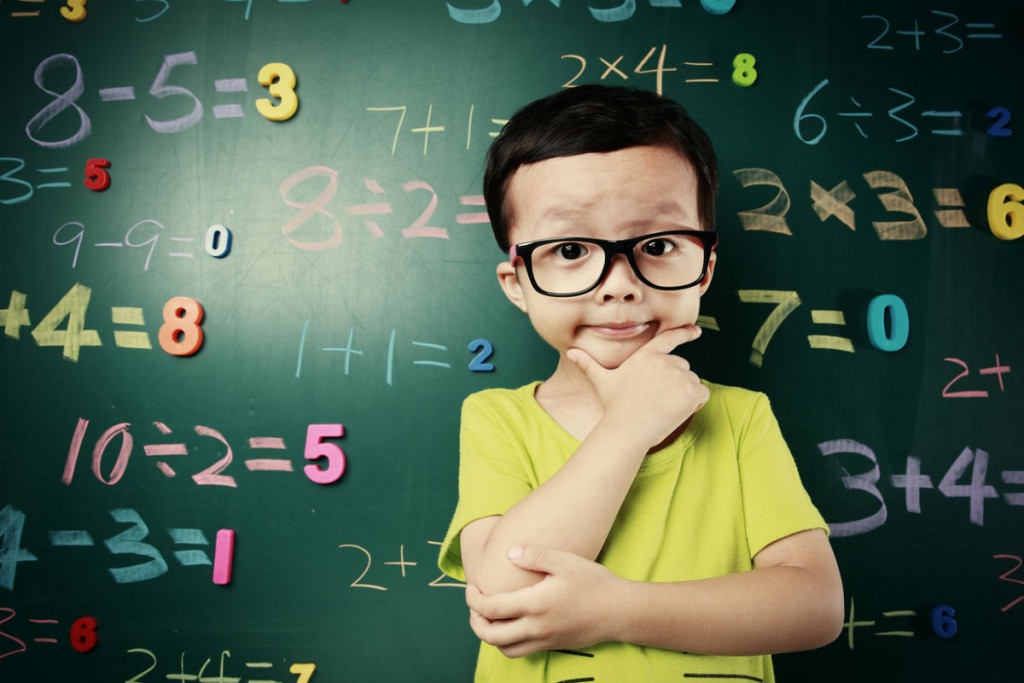 GIve him the task of making a number book, by pasting several pictures for chronological counting.
GIve him the task of making a number book, by pasting several pictures for chronological counting. - Review math facts on the go and at home
- Count objects around the house
- Do verbal mental math exercises in your free time. Ask questions like “ Add six into 10, multiply it by four, subtract 7 from it and divide it by 3. You can always it difficult or easier based on your kid’s difficulty level
- Help your kid in the identification of percentage in newspapers, and magazines.
- Teach your kid nutritional tables and ask them to calculate grams and percentages per 2 servings etc.
Geometry
- Fold a sheet of paper in half or quarter. Have your kid draw a shape and then cut it to create a more symmetrical shape.
- Find different shaped objects around the house and teach shapes to your kid through that.
- Identify angles in real-world and parallel lines
- Introduce a bunch of shapes and ask your kid to identify that shape while you are out.
Measurement
- Teach your kid how to set a timer for cooking and baking and alarms.
- Frequently ask your kid time, ask him to write down the time in hours and minutes.
- Teach your kid sizes and length ( i.e measurement ) with relative comparison. Line up books, or boxes of different sizes. Ask questions like ‘which one is the largest book’ etc
- Similarly, teach your kid about weight, width, quantity, & differentiation of objects.
- Gather up objects like tape, yardstick, ruler, etc. DIscuss the usability of each object in terms of measurement.
- Talk about relevant measurements. For example how many inches are in a foot or how many cups are in a pint?
- Encourage the incorporation of mathematical terms in an everyday language such as halves, one-third, whole, etc.
Statistics, probability, graphing
- Look for coordinates on the map
- Have your kid watch the weather report, and give them tasks to note down the weather for each day.
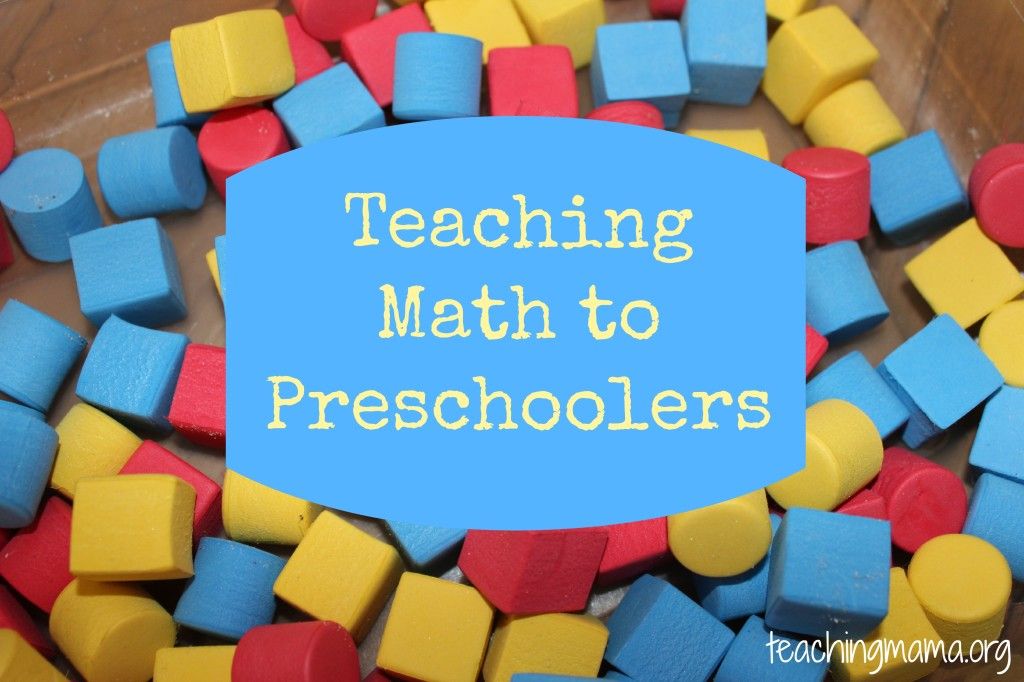 Ask them to construct weekly graphs for temperature.
Ask them to construct weekly graphs for temperature. - Use similar techniques for their favorite sports team and their scores & points.
- Give them the probabilistic tasks of what could happen, what could never happen, and things that will happen.
Problem-solving
- Ask sharing and division questions about food and objects. For example, 9 children share 54 cards. How many each child would get.
- Ask your child to visit informative statistical sites such as the Census Bureau and have them write interesting bits of information they learned and what they learned with that piece of information.
A Final Word on Teaching Math to Kids
Teaching kids math can be very challenging, but it can also be super rewarding and beneficial.
When your kids learn math, they can get on the path to succeeding in school and getting a better job down the line.
Remember, learning should be fun. And you’re going to need a lot of patience.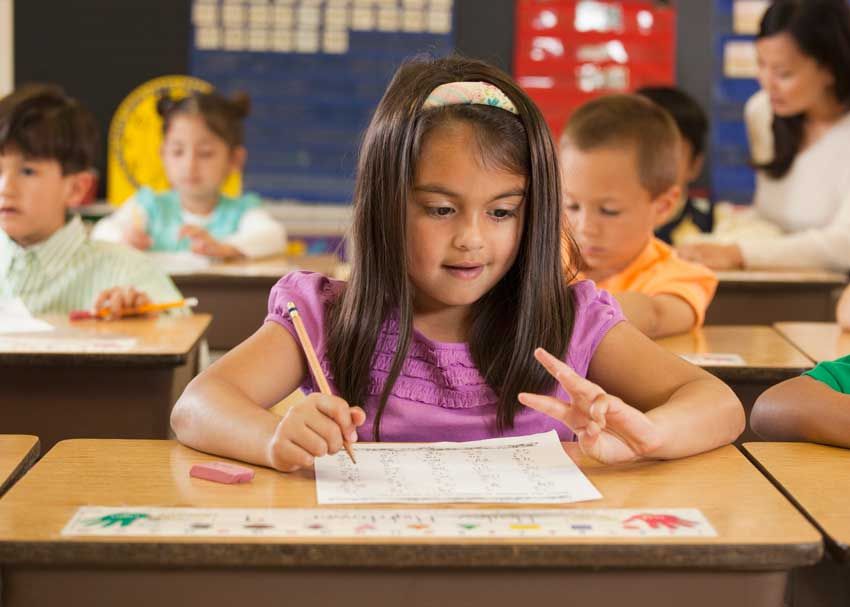 Every child is different, and with consistency, love, and time, everything will work out.
Every child is different, and with consistency, love, and time, everything will work out.
Have any of your own tips for teaching kids math? Share your thoughts by commenting below.
- Author
- Recent Posts
Fatima Mansoor
Fatima Mansoor is a freelance writer covering education technology. She has a Master of Arts (MA) in English Language Teaching.
Latest posts by Fatima Mansoor (see all)
How to teach mathematics to young children. And is it necessary? Often parents do not fully understand when and what it is time to do with their children. And when a child at the age of one and a half or two is told: “Come on, baby, we will learn letters and numbers” - this is not for age. And what about age? How to do math with the little ones?
1. Play. Many
Play is a natural state for young children and their main activity, including cognitive. In the game, information is best absorbed and skills are mastered. If you want your child to understand something, play it with him. The language of the game is the most understandable language for children.
If you want your child to understand something, play it with him. The language of the game is the most understandable language for children.
2. Translate everything into body language
Everything that we do with the child should be passed through his body. Through the game and through the body.
In our classes with kids, we translate everything into some movements understandable to the child. Wave with one hand, wave with both hands. Stand on one foot, pat one knee, hide one knee, hide two knees. Hide one ear. How many fingers I raised - knock so many times. How many times I say meow, so many times jump. How many times I clapped, take so many steps.
We translate one movement into another, and then we begin to translate them into quantity. We speak to the child in the language of the body of the child - the language he understands.
3. No abstractions
four-five-..." and so on. But this is not yet an account.
Right.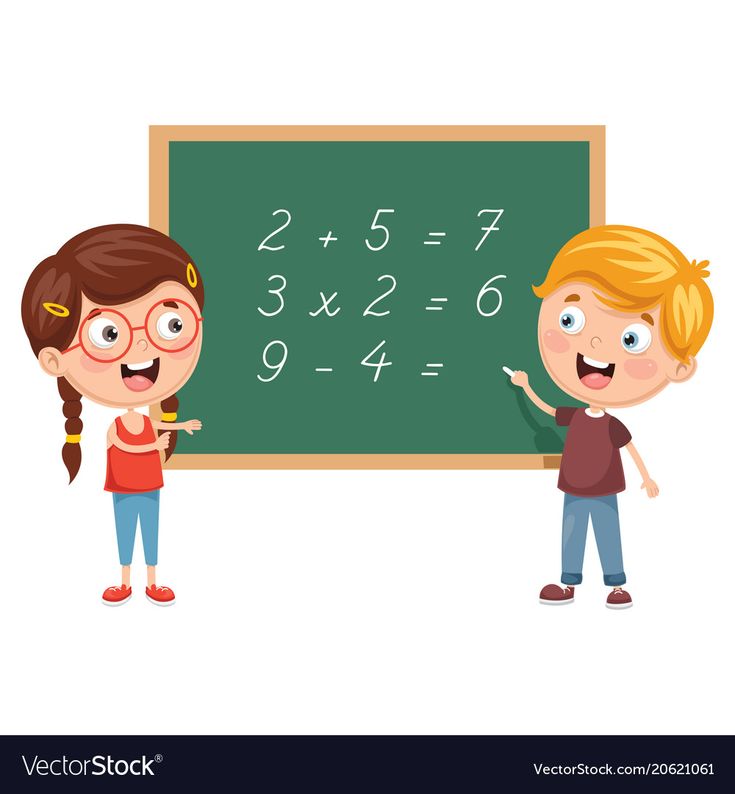 Draw some line and say: “here I have 1, here I have 10, here I have 20, show me where 15 is.” And when he counts, then he will know where 15 is. And until he goes through all the steps in order, he does not know.
Draw some line and say: “here I have 1, here I have 10, here I have 20, show me where 15 is.” And when he counts, then he will know where 15 is. And until he goes through all the steps in order, he does not know.
What do we do when we work with preschoolers in our math clubs?
- First, we advise parents not to rush into counting.
- Secondly, we make maximum use of various counting materials. Everything that we count, we must count on some objects.
Example. For four-year-olds, for example, playing with counting beads is like magic or a trick in a circus. You can put any beads on a string - five of one color, five of another. This is quite enough for a small child. And then you squeeze a few beads in the middle into a fist: “How many beads have I hidden now? What colour?". And then the child says: "Let me guess for you, and you guess." He thinks to me, and I look and say - yeah, you hid one blue and two red ones. The child opens his palm - and indeed, one is blue and one is red!
We use everything: counting sticks, counting cubes and just cubes, numikon and its Russian analogue, which is called "Alice", count on the fingers (we definitely count on the fingers!) .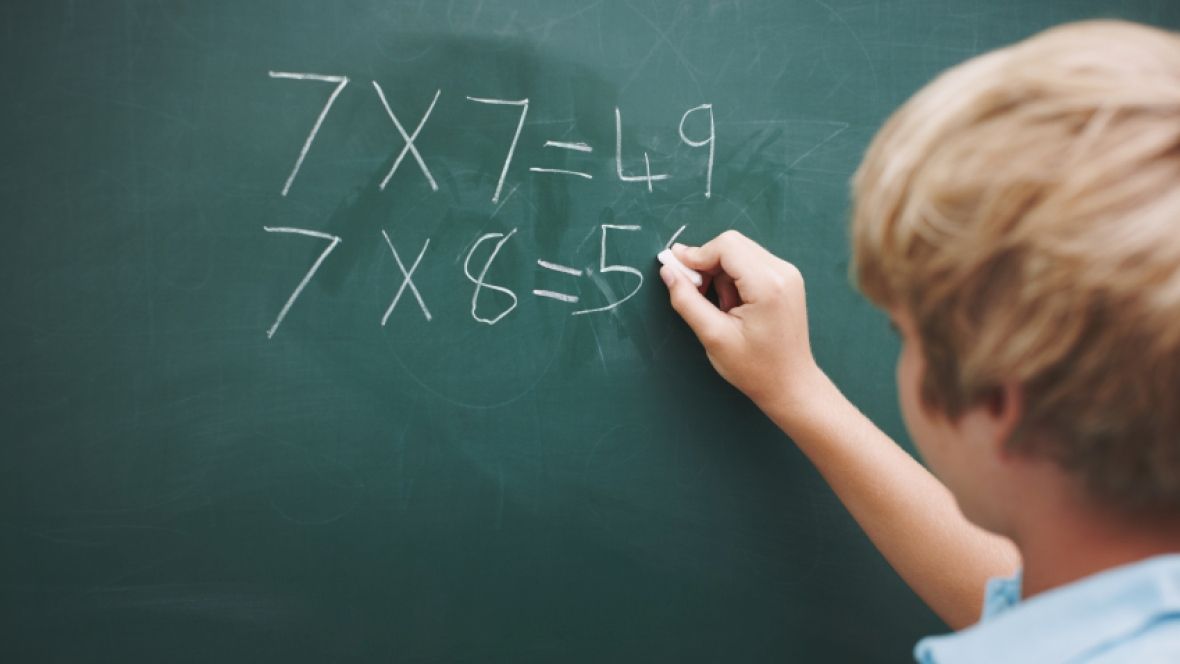 .. When the children are all these 1-2-3-4 -5 touch them with their fingers, shift them from hand to hand or from bunch to bunch, they will begin to understand them.
.. When the children are all these 1-2-3-4 -5 touch them with their fingers, shift them from hand to hand or from bunch to bunch, they will begin to understand them.
4. Choose, compare, do the same...
In fact, these are logical tasks. Identification of similarities, differences, patterns. And children cope with them, and do them with passion and very diligently.
For very young children (2-3 years old), we ask you to arrange the cubes: red ones on a red plate, blue ones on a blue one. It happens that children do not yet know what word what color is called, but they cope with the task.
Everyone coped, you can move on. Here I will put a turret of three cubes, you put the same one. Many children say: "No, I'll add this, and you repeat it." Also good. In this version, you can make a small mistake and ask the child: “I definitely did it, how did you do it? And look carefully? Or maybe this cube needs to be moved to the edge? Or turn the triangular cube the other side?
5.
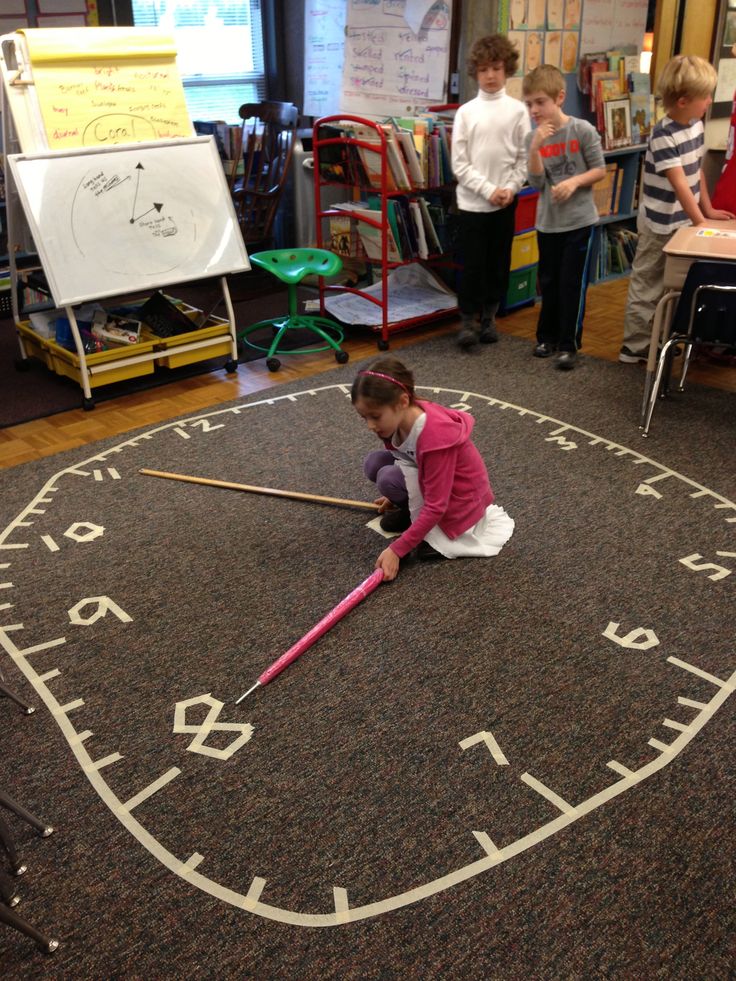 Speak
Speak What other tower can be built from the same three cubes? Yes, a triangular cube on the side, not just on top. And now - another one, similar to the first one, but it has a cube on the edge. And we voice everything we do. Because without speech, we will not move anywhere. On, above, below, in the middle, on the edge... This is important, this is spatial thinking.
With children from four years old, you can build according to schemes, from five years old, you can sketch what you have built in the cells.
Lessons with toddlers (2-4 years old) should be playful! Everything that the child learns, he must beat, as well as feel with his body and touch with his own hands. The time for abstract concepts will come later. Now the child should play, move, talk and touch!
Photo: Shutterstock (pan_kung)
3 months before school
Many children have difficulties with mathematics, very often they arise even in the first grades. At the same time, this situation is typical: the child did not understand some topic in the lesson, the parents have already forgotten the school curriculum and cannot explain the material to him.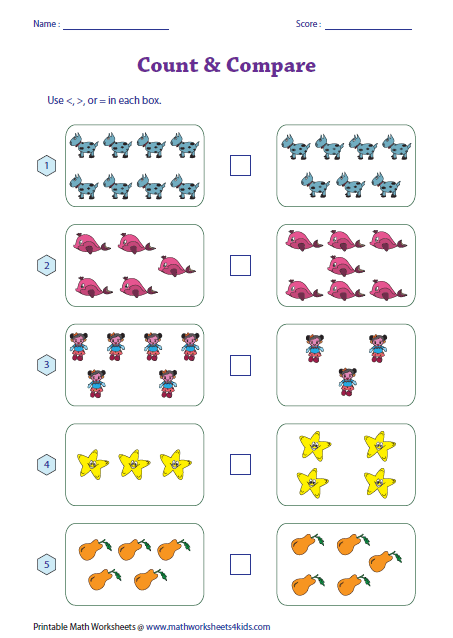 Bottom line: one misunderstood topic gradually acquires new gaps in knowledge, and as a result, by the end of the quarter, you have to hire a tutor.
Bottom line: one misunderstood topic gradually acquires new gaps in knowledge, and as a result, by the end of the quarter, you have to hire a tutor.
How to avoid such problems? How to help a child? How to make him fall in love with mathematics from the first grade, solve problems with pleasure, and click examples like nuts?
To do this, it is worth starting to get acquainted with mathematics even before entering school. This will help the child to better adapt to school and feel more confident in the classroom.
Today we will tell you how to introduce your baby to mathematics in just 3 months. Our tips will help your child master the simplest mathematical skills: they will introduce you to numbers and numbers, teach you how to add and subtract, and also solve text problems.
3 months before school. The first step in learning mathematics
It's time to introduce your child to numbers and numbers, ordinal and quantitative counting, teach him to count and write numbers from 1 to 30.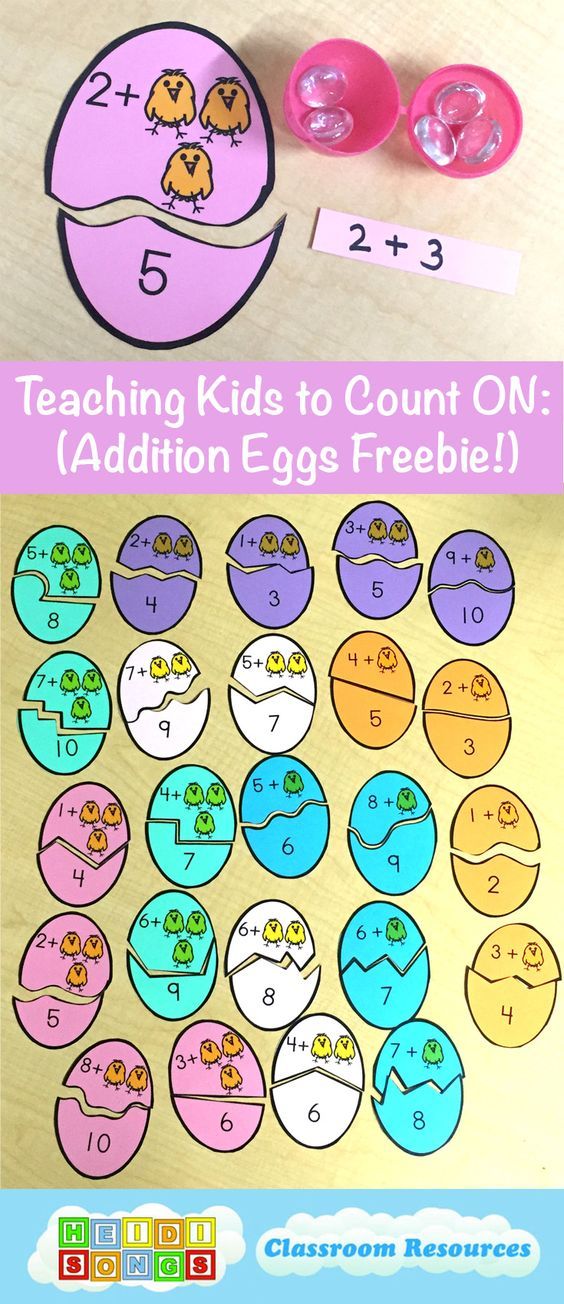 It's best to do this in the game. Exercise with the baby for no more than half an hour a day and make sure that he does not overwork.
It's best to do this in the game. Exercise with the baby for no more than half an hour a day and make sure that he does not overwork.
First, introduce the child to the ordinal count from 1 to 10, then offer him exercises to consolidate knowledge.
Game tasks are best for getting to know numbers. Here are just a few types:
1. Match the numbers in the picture and write the number on the stencil. During these exercises, make sure that the child connects the numbers in order and calls each one aloud.
2. Count the objects. Fill in the missing numbers
2 months before school. The second step in learning math
When your child has memorized all the numbers, you can introduce him to simple arithmetic operations: addition and subtraction. Give your child tasks that get progressively more difficult. First, teach him addition, and only when you are sure that he has fully mastered it, proceed to subtraction.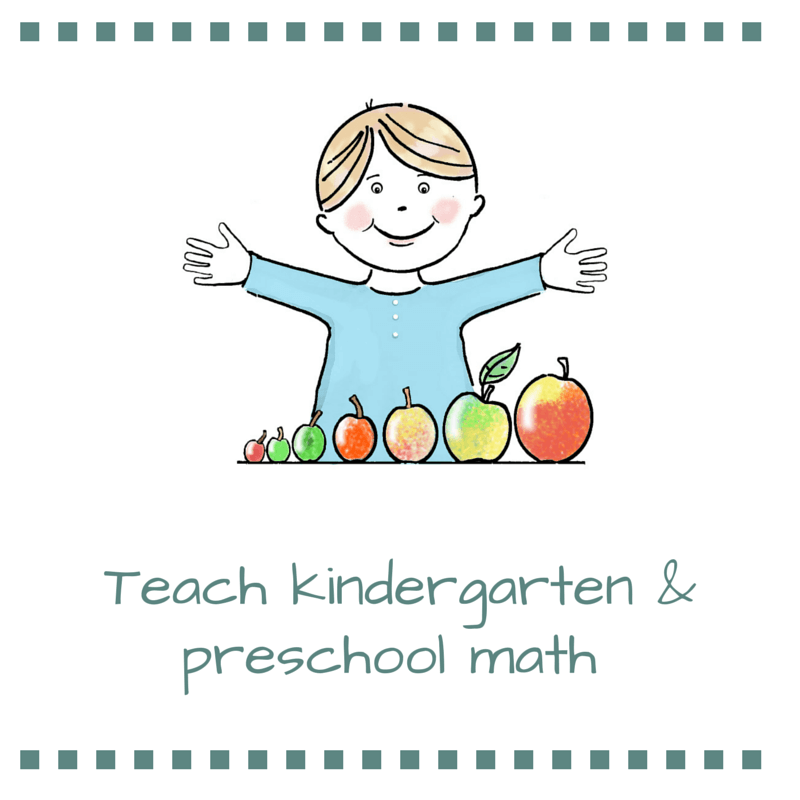
Before giving the child examples, remember the numbers and the count with him. For example, with the help of such exercises.
Then you can offer him the first examples. First teach your child to add 1, then 2, 3, 4, and so on. The same with subtraction. Do not rush and move on to the next stage of classes only when the child has mastered the previous one.
Here are some types of tasks to help you learn:
1. Add or subtract the same number.
2. Read and circle the example.
3. Add different numbers
A month before school. The third step in mastering mathematics
When a child has mastered addition and subtraction, it is very important to consolidate these skills. You can do this with the help of speed exercises.
First, offer the child a certain number of examples and note the time in which he can cope with them.